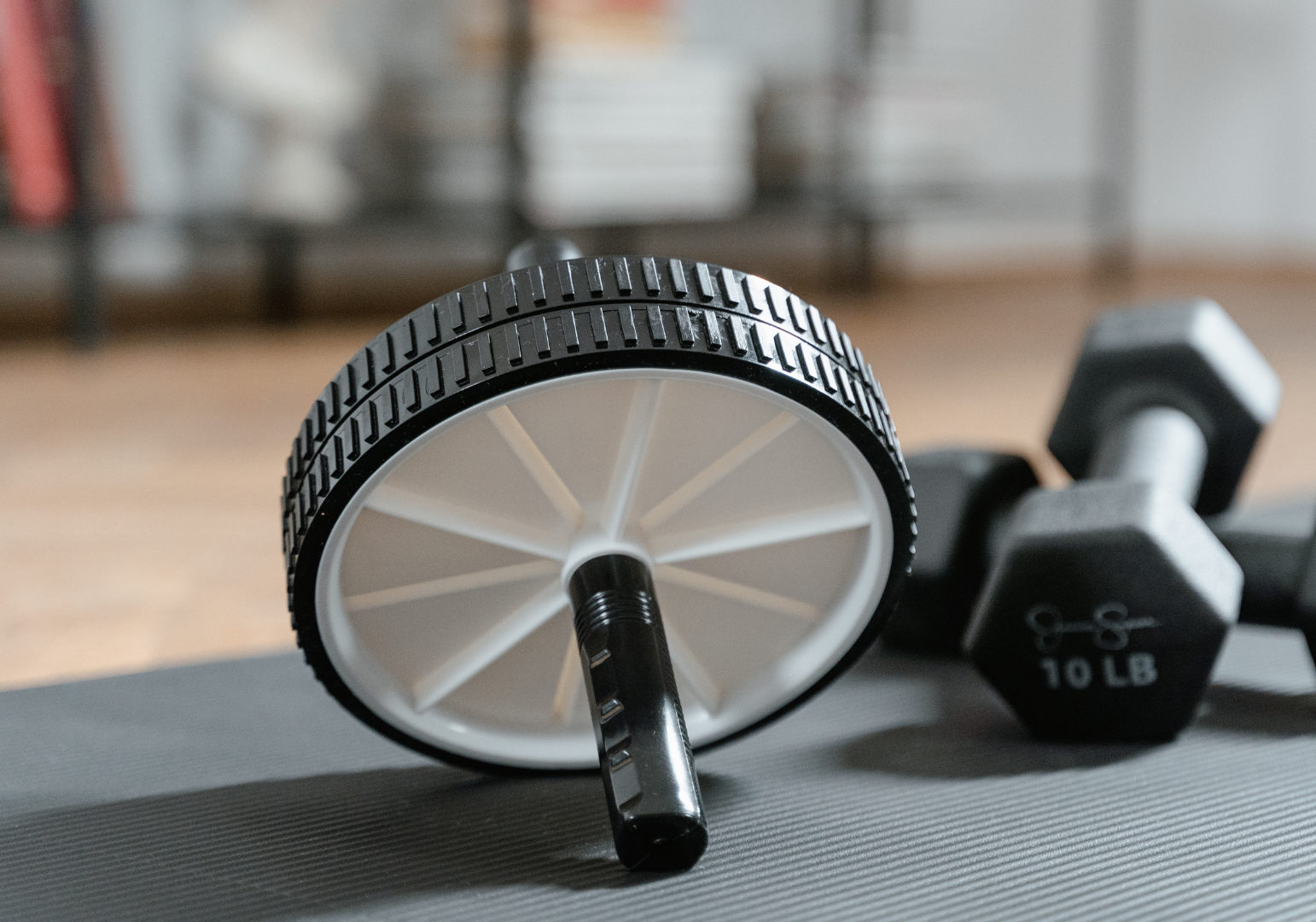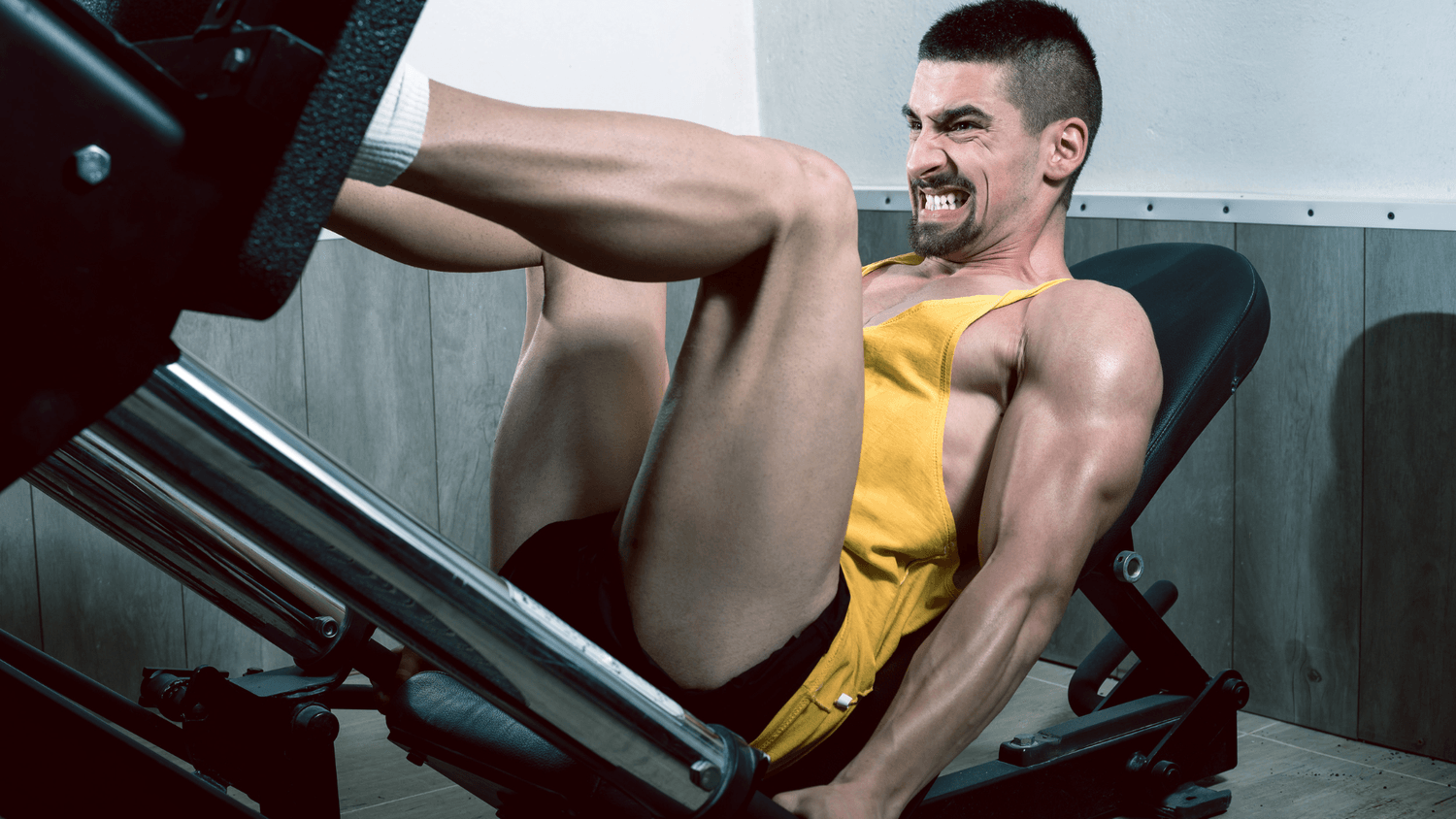Avoid These Exercise Machines If You Have Lower Back Pain

When you're dealing with lower back pain, exercise can feel daunting. It's a common misconception that any exercise machine will aid recovery. In reality, some are the worst exercise machines for lower back pain, potentially worsening your discomfort. Addressing the confusion around fitness equipment is crucial to managing your pain effectively. With informed choices, you can protect your back and enhance your well-being. Understanding the risks associated with these machines helps you make better decisions and ensures a safer workout environment.
Understanding Lower Back Pain
Lower back pain can make exercise feel like a daunting task. Knowing its causes and how exercises affect it is essential for selecting the right fitness equipment. This section dives into the common causes of lower back pain and the dual nature of exercise's impact—providing relief or potentially intensifying discomfort. By understanding these aspects, you can make informed decisions to avoid the worst exercise machines for lower back pain.
Common Causes of Lower Back Pain
The reasons behind lower back pain are varied, but a few culprits stand out. These include:
- Poor Posture: Slouching or sitting for extended periods can strain the lower back muscles, leading to pain.
- Lack of Exercise: An inactive lifestyle weakens the muscles, making the back more susceptible to injuries.
- Injuries: Accidents or sudden movements can cause strains or sprains, leading to persistent pain.
Understanding these elements can aid in avoiding exacerbating your condition with inappropriate exercise equipment.
Impact of Exercise on Lower Back Pain
Exercise holds a complex role in managing lower back pain. It can be both a healer and an aggravator. Here's what you need to consider:
- Alleviation: Certain exercises can strengthen the back muscles, enhance flexibility, and reduce pain.
- Exacerbation: Incorrect use of exercise machines or high-impact exercises can worsen the pain if not executed properly.
Engaging in exercises tailored to your condition can counteract pain and improve your quality of life. Avoiding machines and exercises that strain the lower back is key to safe and effective workouts.
Identifying the Worst Exercise Machines
Choosing the right exercise machines is crucial for those with lower back pain. Missteps can worsen the situation, affecting your recovery. Let's explore the worst exercise machines for lower back pain and understand why they pose risks.
Ab Roller
The ab roller is often marketed as a powerful tool for building core strength. However, when used improperly, it can place undue strain on the lower back. The movement involved requires stabilization from your lower spine. Without proper form and adequate core strength, the lower back might compensate, leading to discomfort or injury.
Smith Machine
The Smith machine offers stability by guiding the barbell along fixed tracks. While this might sound beneficial, it actually limits natural movement. This rigidity can force your body into unnatural positions, increasing the risk of poor form. A less than ideal posture during lifting can put significant stress on the lower back, leading to potential injury over time.
Leg Press Machine

On the leg press machine, users often adopt a seated posture with their feet pushing against a platform. It sounds straightforward but can lead to injury if done wrong. Incorrect positioning or pushing too much weight can round the lower back, putting immense pressure on the spine's discs. This might exacerbate existing conditions or bring about new ones.
Seated Row Machine
The seated row machine is designed to strengthen the upper back and shoulders. Yet, if your posture is off, it might strain your lower back. Hunching over or failing to keep your spine straight can transfer the load to the lower back muscles, leading to pain. Proper form is key to avoiding discomfort and getting the most benefit from this machine.
Treadmill (Incorrect Use)
The treadmill is a staple in many exercise regimes. However, incorrect use can affect the lower back negatively. Running with poor posture, such as leaning too far forward or backward, can lead to strain. It's essential to maintain a neutral spine position while using the treadmill to ensure your lower back isn't bearing unnecessary stress.
By being mindful of how these machines can affect your back, you can take proactive steps toward a safer and more effective workout. Always prioritize proper form and listen to your body.
Alternatives to Bad Machines
If you're dealing with lower back pain, finding alternatives to traditional exercise machines is crucial for recovery. The wrong machine could increase your discomfort and delay healing. Instead of relying solely on machines, explore these alternatives that prioritize back safety and overall fitness improvement.
Bodyweight Exercises
Bodyweight exercises are a fantastic way to stay in shape without stressing your lower back. They utilize your own body weight to build strength and flexibility, making them convenient and accessible.
- Planks: Strengthen your core without putting pressure on the back. Ensure you keep your body straight and engaged.
- Bridges: Lifting your hips off the ground strengthens the muscles supporting your lower spine, reducing pain.
- Cat-Cow Stretch: Helps to improve flexibility in the spine and relieve tension in the back muscles.
These exercises not only help maintain fitness but also support a healthy spine, avoiding the risks associated with worst exercise machines for lower back pain.
Use of Resistance Bands

Resistance bands offer a safer way to build strength without heavyweights. These elastic bands provide tension, encouraging muscle engagement.
- Using bands can assist in exercises like squats and rows, where you control the tension.
- They increase resistance gradually, reducing sudden strain on the back.
Resistance bands are adaptable and can be used anywhere, making them an excellent option for those avoiding stressful machines. They offer customizable resistance levels, contributing to safer workouts.
Low-Impact Cardio Options
Low-impact cardio is ideal for those with back concerns. It keeps your heart healthy while minimizing stress on your lower back.
- Swimming: The buoyancy of water supports your body, relieving joint stress and fostering muscle tone.
- Cycling: Engaging a recumbent bike supports your back and offers cardiovascular benefits without impact.
These activities promote endurance and cardiovascular health, offering effective workouts compared to the worst exercise machines for lower back pain.
Consulting a Professional
When you're grappling with lower back pain, deciphering the best path for recovery can be challenging. Consulting a professional can provide clarity and a tailored approach that generalized advice often lacks. Professionals can assist in pinpointing exercises and practices that enhance healing while avoiding the worst exercise machines for lower back pain that might worsen your condition.
Why Professional Advice Matters
A professional offers personalized guidance, ensuring your exercise routine aligns with your specific health needs. They tailor programs to fit your unique physical condition.
- Customized Plans: Unlike generic programs, professionals craft routines based on your symptoms, fitness levels, and preferences.
- Safe Practices: They demonstrate proper form and technique, reducing the risk of exacerbating your pain.
- Progress Monitoring: Regular professional check-ins help adjust your plan, ensuring consistent improvement.
These insights can be pivotal, transforming your approach to fitness and safeguarding your lower back.
Finding the Right Specialist
Selecting the right specialist is crucial. Here's how to go about it:
1. Research Credentials: Verify qualifications and expertise in back pain management.
2. Seek Recommendations: Ask for referrals from friends or family who have had similar issues.
3. Initial Consultation: Meet with the specialist to discuss your symptoms and see if their approach suits your needs.
4. Evaluate Communication: Opt for a specialist who listens and explains concepts clearly.
5. Assess Facilities: Visit their clinic or office to ensure it's equipped for your treatment needs.
Finding the right professional requires effort, but it's a vital step towards pain-free living. A good specialist knows what to avoid, including the worst exercise machines for lower back pain. They can guide you in making informed choices that prioritize your health.
Conclusion
Choosing the right exercise equipment is crucial for managing lower back pain effectively. The wrong machines can not only stall recovery but also exacerbate discomfort. Prioritize bodyweight exercises, resistance bands, and low-impact cardio to protect your back.
Avoid the worst exercise machines for lower back pain to maintain spinal health. Seek professional guidance to tailor a safe workout plan. A strategic approach ensures safety and promotes recovery.
If you're looking for more insights on managing back pain, consider reviewing resources about low back pain treatment. Take proactive steps today to safeguard your health and well-being.

You Can Fix Your Back...
You Just Need The Right Program
- Reduce your sciatic pain in days, not weeks.
- No more endless doctor visits—take control at home.
- Empower yourself with a program backed by real results.
- 2024 Sciatica Self Treatment / Back Pain Self Treatment














